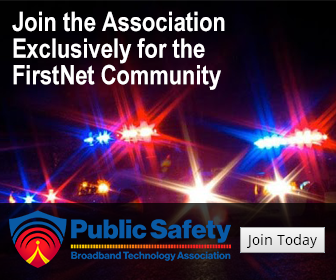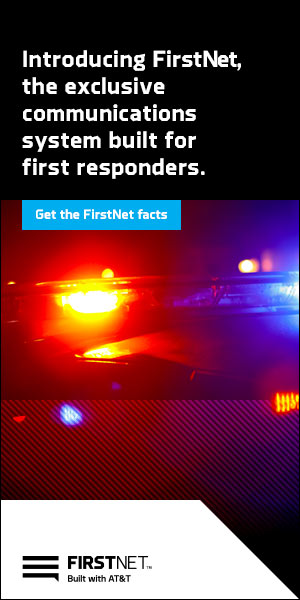by AllThingsECC.com | Jan 21, 2025 | Comm Center News
In a moment of life or death, sometimes a 911 call can make all the difference between saving a life and shattering families.
For that reason, and many others, officials at the Sampson County 911 call center have begun to meet more modern standards of training and operation to improve what they believe is an already strong service agency.
READ FULL ARTICLE
by AllThingsECC.com | Jan 17, 2025 | Comm Center News
There are more than 160 miles between Kansas City and Pacific Junction, Iowa, but that didn’t stop a Kansas City Fire Department dispatcher from helping a truck driver on the road.
READ FULL ARTICLE
by AllThingsECC.com | Jan 16, 2025 | Comm Center News
The Arkansas 911 board held its first meeting of 2025 on Thursday as board members discussed the potential of consolidation with various county and city leaders.
by AllThingsECC.com | Jan 16, 2025 | Comm Center News
AT&T has recently publicised what it calls ‘end-to-end’ architecture, combining a nationwide emergency services IP network (ESInet) with cloud-based PSAP applications. What benefits do you anticipate to control rooms?
The goal of Next Generation [NG] 911 is essentially enabling users to do the same with an emergency call-taker as they can with their family and friends. That is, texting, escalating a voice call to a video call, sending attachments, streaming and so on; what we all do – and take it for granted – every day.
n.
by AllThingsECC.com | Jan 16, 2025 | Comm Center News
SPOKANE, Wash. – The City of Spokane said it was forced out of the county-wide emergency communications system which will affect the Spokane Fire Department and the Spokane Police Department.
by AllThingsECC.com | Jan 15, 2025 | Comm Center News
Breckenridge Dispatcher Katey Turnbull was recently honored by the City Council for her outstanding response to a homicide on November 22, 2024, when something very unexpected occurred.
READ FULL ARTICLE


